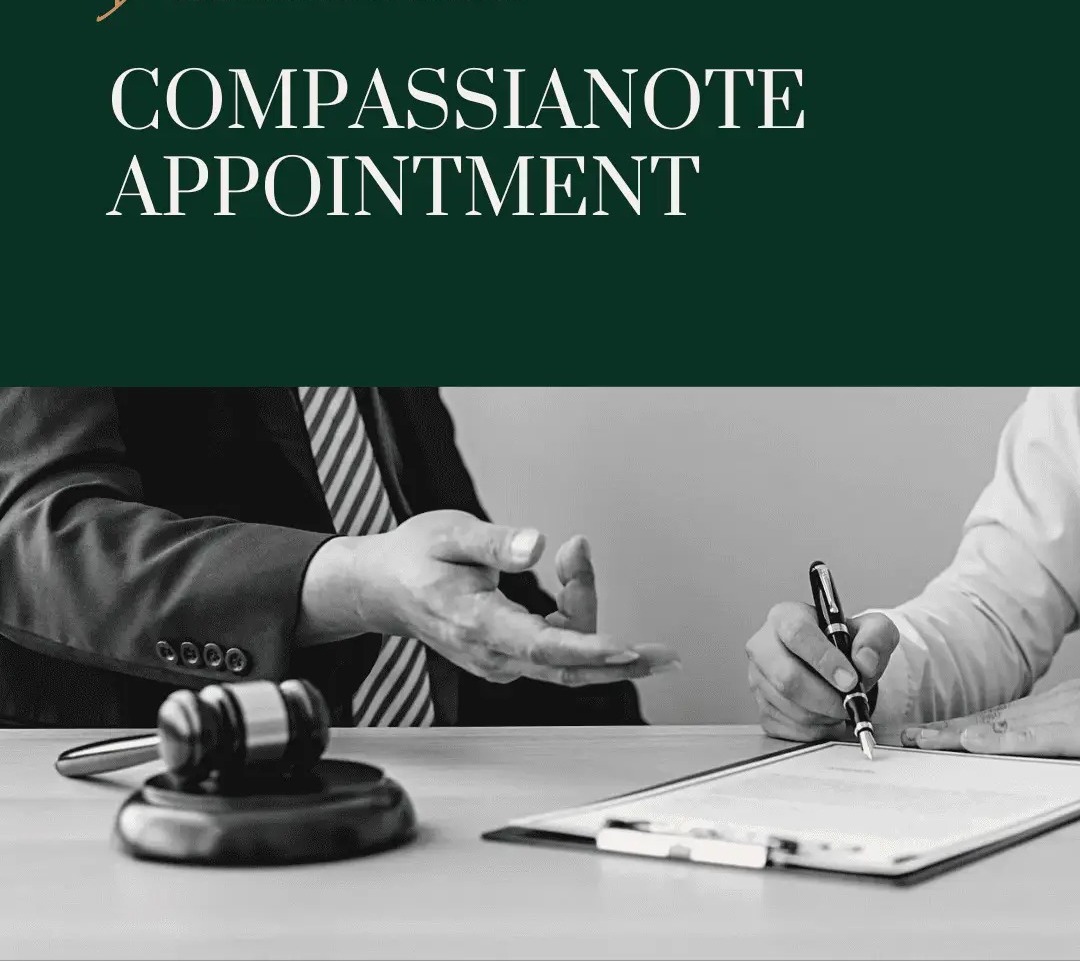Ashok Bhan, J.@mdashThis is defendant''s revision petition. The facts giving rise to the revision petition are as under:-
Plaintiff-respondents (hereinafter referred to as the plaintiffs) filed a suit for declaration that they are owners in possession of property described is ABCD in the plaint and for permanent injunction Restraining the defendants from-dispossessing them from the land in dispute. The suit was dismissd by the trial Court on 27.5.1988 and it was held that the defendant-Municipal Committee was the owner of the land in dispute: it was further found that the Municipal Committee was in possession as well.
Plaintiffs filed an appeal. During the pendency of the appeal, an application was filed under order 23 rule 1 C.P.C. for withdrawal of the suit with permission to file a fresh one on the same cause of action. By the impugned order dated 2.8.1990, the first appellate court allowed the application of the petitioner for withdrawal of the suit with liberty to file a fresh one on the same cause of action on on the plea that there was a formal defect in the suit as the properly had not been properly described by the plaintiffs.
Defendant-petitioner has filed the present revision petition on the plea that mere lapse on the part of the plaintiffs to fully describe the suit land is no ground warranting permission to withdraw the suit and to file the same afresh on the same cause of action. For this proposition, he relied upon two decisions of this Court in Chander Lal and other Vs. Gulzari Lal and others, 1979 PLR 637 and Mst. Maina Devi and other Vs. Ved Parkash and another. (1988) PLR 495. In there two judgments, it has been held that mere wrong description or not giving full description of the suit land in the plaint by itself is no ground for warranting the grant of permission to withdraw the suit with liberty to file a fresh one on the same cause of action. I find force in the submission of the Learned Counsel appearing for the petitioner that in law a litigant is entitled to only one trial and defendant cannot be vexed twice over on the same cause of action. In this case, the parties had got the matter adjudicated from a court of competent jurisdiction and the plaintiff petitioner could not be permitted to withdraw the suit with permission to filed a fresh one on the same cause of action at the belated stage only on the ground that the property had not been properly described by him in the plaint at the initial stage. It was rightly pointed out by the Learned Counsel appearing for the petitioner that the first appellate court did not choose even to specify far from pin pointing the formal defect for which the suit was allowed to be withdrawn to file a fresh or Mere lapse on the part of the plaintiffs to fully described the property in the plaint would not warrant the withdrawal of the suit with liberty to file a fresh one on the same cause of action. In Mst. Maina Devi''s case (supra) it was held as under:-
Held, that none of the contingencies envisaged by Order 23 Rule 1 CPC are available in the present case as the mere decision in the earlier suit cannot be said to be a ground for permission to withdraw the subsequent suit although it can be a good ground for the proceedings in the later suit. The formal defect in this case pertains to the non impleading of the Municipal Committee but the joinder or non-joinder of a necessary party cannot be said to be a formal defect by any stretch of imagination. The trial Court had not, at all, discussed as to how the finding in the earlier suit would amount to formal defect in the present case or that what were the other formal defects taken by the plaintiffs in their application for permission to withdraw the suit. The impugned order of the trial court being not legally sustainable, is hereby set aside.
Accordingly, this revision petition is allowed, the impugned order of the first appellate Court is set aside and the case is remitted back to first appellate court with direction that it shall proceed to decide the case on merits. No costs.
Parties through their counsel are directed to appear before the first appellate Court on 21.7.1992.

